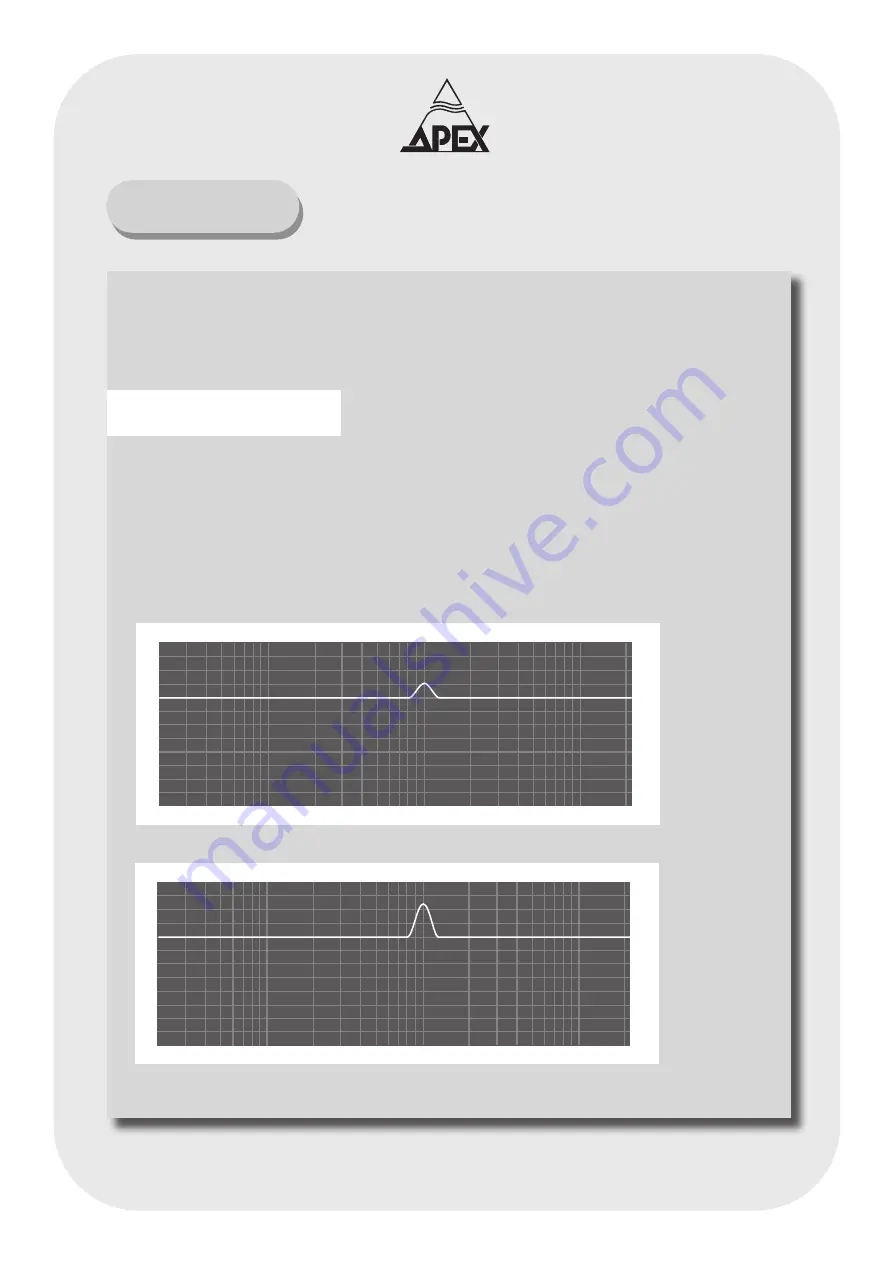
Using the dBQzero
If you are used working with graphic equalisers, using the
dBQzero
will pose you no problem; you
will just be surprised by its accuracy and musicality. However if you like to know the fine details of
this equaliser, we invite you to read on.
The two channels of the
dBQzero
are identical so only one channel is described.
The Graphic Section (1)
The graphic section consists of 30 faders adjusting the 30 ISO centered frequency bands (1/3rd
Octave) with constant Q. But what exactly is this “Q”: Q can be determined as the ratio of filter
centre frequency to bandwidth ( Q = f/Bw). Bandwidth is measured between the 3-dB down points
on either side of resonance (and usually where the phase has been shifted ± 45°). If a tuned
circuit has a centre frequency of 1 kHz and 3-dB down points at 900Hz and 1.1kHz, the bandwidth
= 200Hz and the Q = 5 (1000Hz/200Hz). The greater the Q, the smaller the bandwidth. With
constant Q, the bandwidth (at the 3-dB down points of each of the graphic filters stays constant,
whatever the boost or cut of that filter.
centre frequency of 1kHz, boost of 5dB
(all images taken from the Apex IntelliQ digital system optimiser).
centre frequency of 1kHz, boost of 12dB (the bandwidth at the -3dB points stays the same).
20
15
10
5
-5
-10
-15
-20
-25
-30
-35
-40
dB 0
25 31 40 50 63
100 120 160 200 250 315 400 500 630 800 1k 1k25 1k6 2k 2k53k15 4k 5k
8k 10k12k5 16k 20k Hz
6k3
80
20
15
10
5
-5
-10
-15
-20
-25
-30
-35
-40
dB 0
25 31 40 50 63
100 120 160 200 250 315 400 500 630 800 1k 1k25 1k6 2k 2k53k15 4k 5k
8k 10k12k5 16k 20k Hz
6k3
80




































